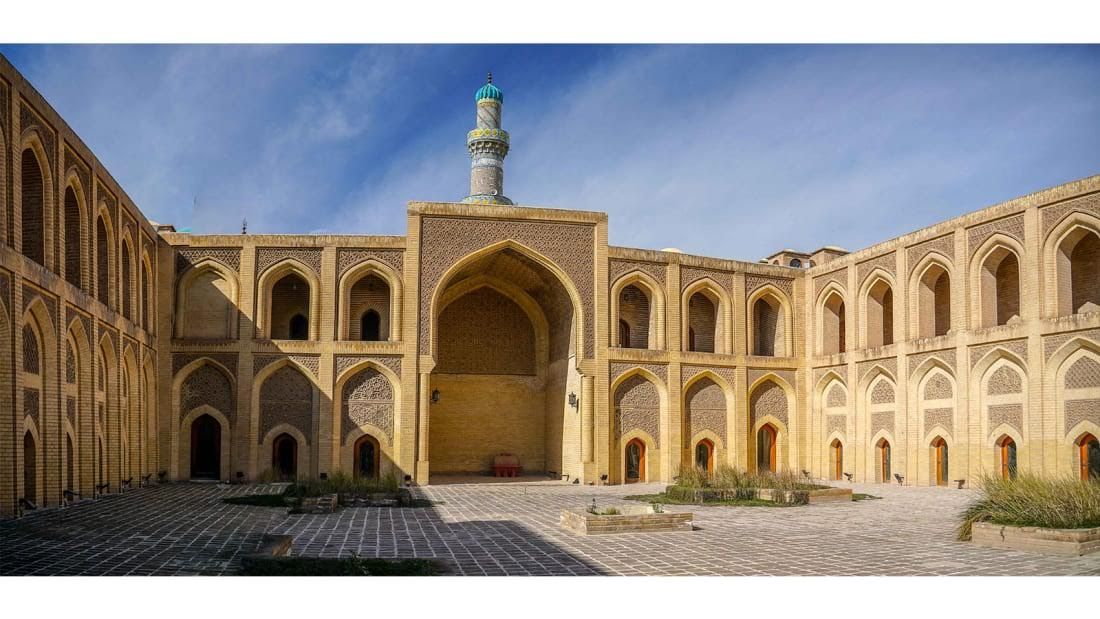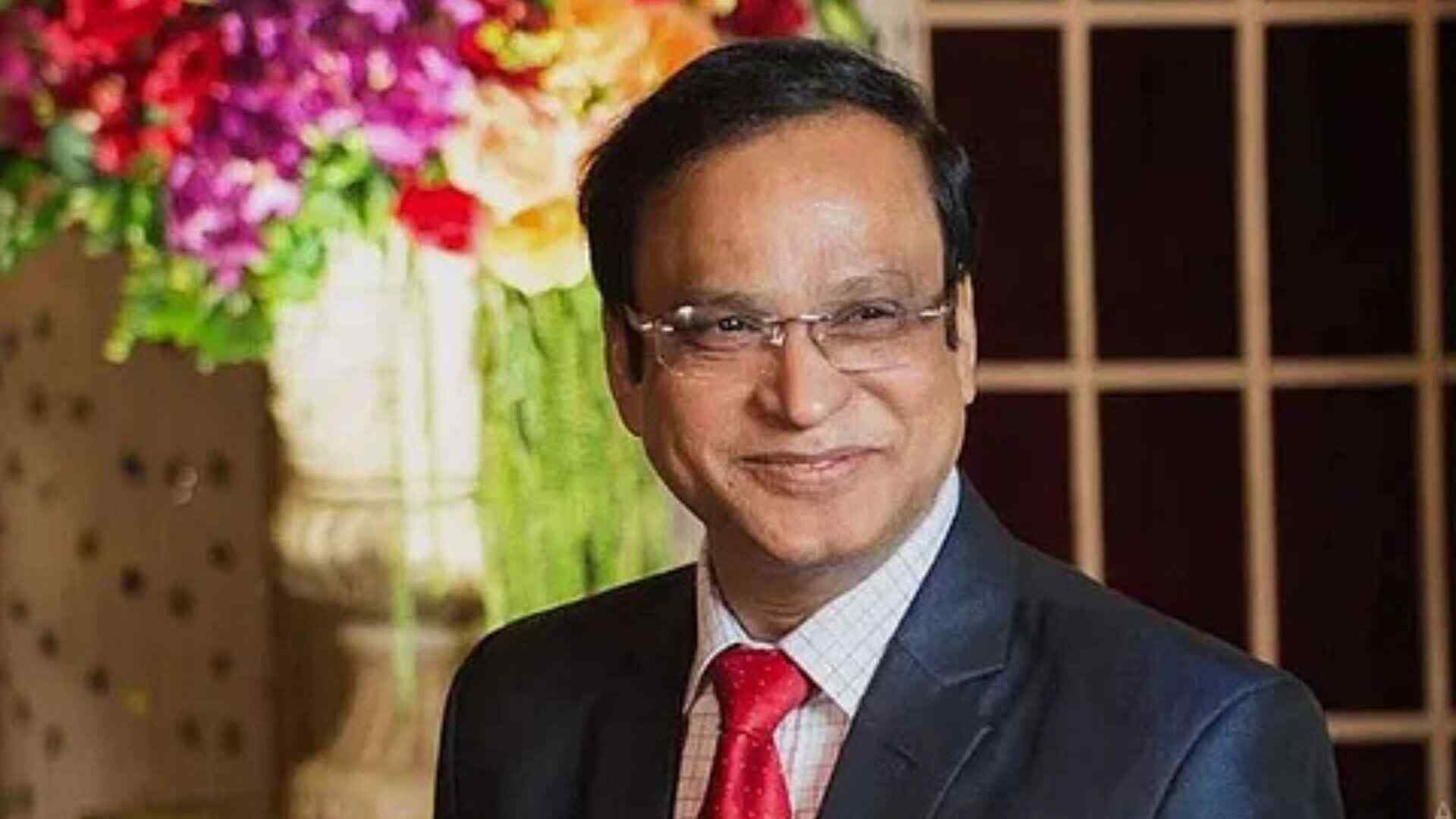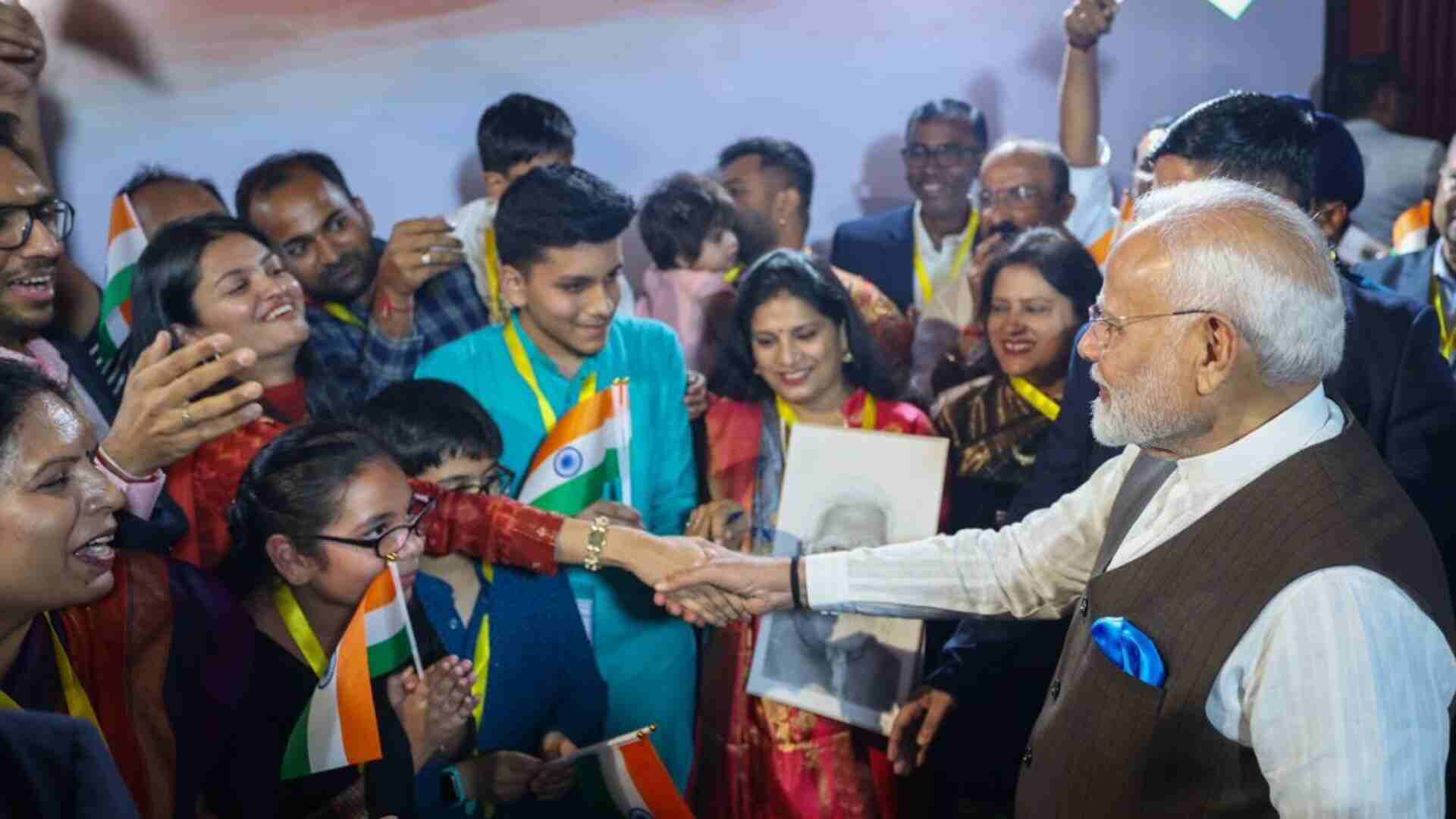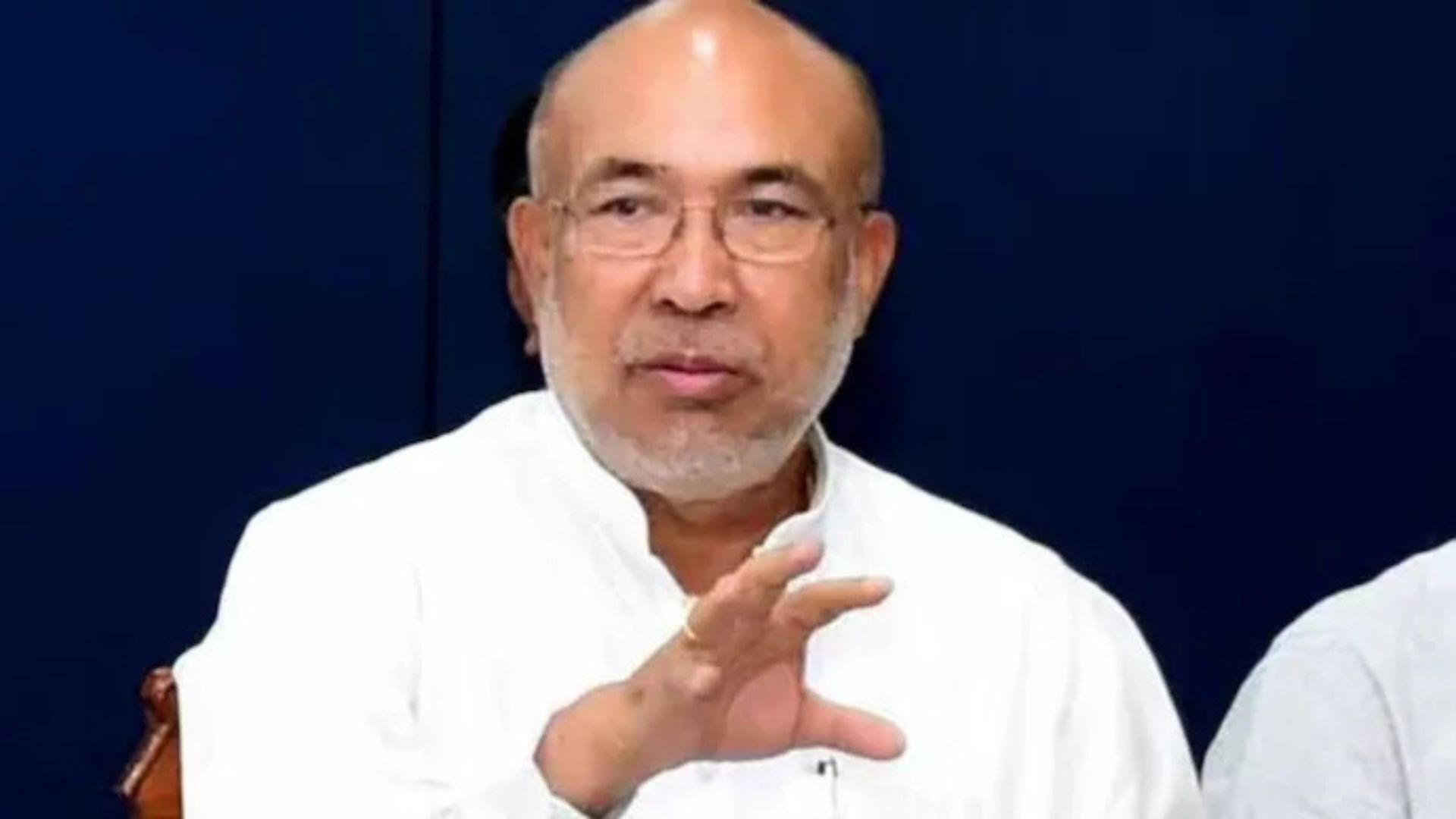
The government surveys of madarsas have great potential for country’s progress if carried out in the right earnest. But they are happening at a time when memories of certain madarsas in Assam being demolished due to alleged terror links are fresh in people’s minds.
In Assam certain madarsas were demolished even before its accused teachers were taken to court trails on the charges of terror links. It was interpreted as an onslaught on the madarsas due to mistake of a few persons. This has shrouded the entire exercise aimed at studying Muslim education system with an element of suspicion.
In India madarsas have been in the forefront of the country’s freedom struggle. Unfortunately, their state of affairs ever since the Independence have been largely neglected. Their condition has worsened ever since they were excluded from the Right to Education Act.
Now Uttar Pradesh & Assam governments have embarked upon a massive exercise of mapping them. Dharam Pal Singh, a senior minister in the Yogi Adityanath cabinet said that the survey is meant to find the deficiencies in the education of the unrecognized madarsas in the state.
This move has challenged the status quo at the madarsas and have therefore created restlessness among the Ulemas, which have questioned the timing and the intent of the exercise.
The surveys were initiated after National Commission for Protection of Child Rights submitted its report to all state governments asking them to map the madarsas.
The report has made the recommendation on the basis of certain complaints of child rights violations. It is estimated that there are more than one lakh madarsas in the country.
Interestingly NCPCR in its 2021 report had not singled out madarsas. But it had also recommended mapping of the all unrecognized Vedic Pathshalas, Gumpas and other forms of non-formal education centers as well.
However, there has been a sharp criticism among the Muslims and some political leaders, who on various counts have questioned the state governments’ extraordinary attention and singling out the Muslim institutions.
However, Muslim intellectuals like Iqbal had felt the need for improvement and had believed that the madarsa syllabus was ossified in time. Even today the scholars’ views on the need for reforms in Muslim education have not changed. Indian madarsas largely run-on charity and have not relied either on government or foreign funding. A large percentage of these madarsas act as orphanages.
To bring about more clarity let’s look at the type of madarsas in India. Basically, there are three types of madarsas. First which are unmapped and include country’s top madarsas including highly reputed Darul-Uloom. It is run by donations from within the country. Such institutes constitute the largest number in the country.
The second type are recognized, which are registered in the state madarsa board and provide some kind of modern education to the children. They also receive textbooks, uniforms, other facilities and funds from the governments.
The third type is unrecognized, which have approached the government for funds but either due to insufficient infrastructure or some other reason they were not granted the recognition. They are also on their own.
According to NCPCR report total number of Muslim children in India in age group 6-14 years was 3.8 crores. Total number of Muslim Out of School Children is 1.1 crore (about 33 per cent). As per the reports most such students are studying in unmapped madarsas, (which are also considered to be unrecognized by the government) and about 15 lakh student study in the recognized madarsas.
In the past Congress, Janta Dal and BJP have made efforts to improve the condition of madarsas, by carrying out limited studies but no significant results were achieved.
The madarsas in India have largely remained neglected and left to fend for themselves due to their being involved in religious teaching only. But like other religious institutions across the country there are some black sheep indulging in undesirable activities such as terrorism, etc. Further there is a lack of transparency.
It needs to be understood that a small percentage of parents send children to madarsas by choice of pursuing Islamic studies. As some students are genuinely interested in advanced religious studies.
One also finds some very bright students in these institutes, who have even cracked All India Services competitive exams, considered to be one of the toughest in the world. Recently concluded NEET exams also prove their capability.
By and large a majority of students studying in madarsas constitute children of poor background, who don’t have the privilege of going to schools and belong to families which fall below poverty line. So madarsas remain the only option for their overall growth.
As per NCPCR report the Muslim community contributes to a share percentage of 69.18% to the religious minority population and contributes to a share of merely 22,75 per cent to the religious minority schools. It had a total of 4085 schools. It is also a fact that below 5 per cent students from madarsas make it to the undergraduate level.
There should be no doubt that madarsas need to be more inclusive in their approach and syllabus. There is no binding on madarsas to only impart religious studies. The Right to Education in all of its 39 Sections doesn’t restrict imparting religious education. Therefore, a blending of religious studies and modern education within the ambit of Right to Education Act seems to be a good solution. The madarsas need to open up to modern studies and private schools need to impart religious studies as well.
While madarsas have their own place and significance and should evolve for children’s betterment, there is also a need to increase the number of Muslim private schools in the country. The community should make efforts in this direction.
Now that UP, Assam and Uttarkhand government have decided to carry out the surveys of madarsas it is expected that it’s going to be a meaningful exercise. The data from the surveys will be used for the benefit of education for Muslim students, who would eventually turn out to be better and more productive citizens.















